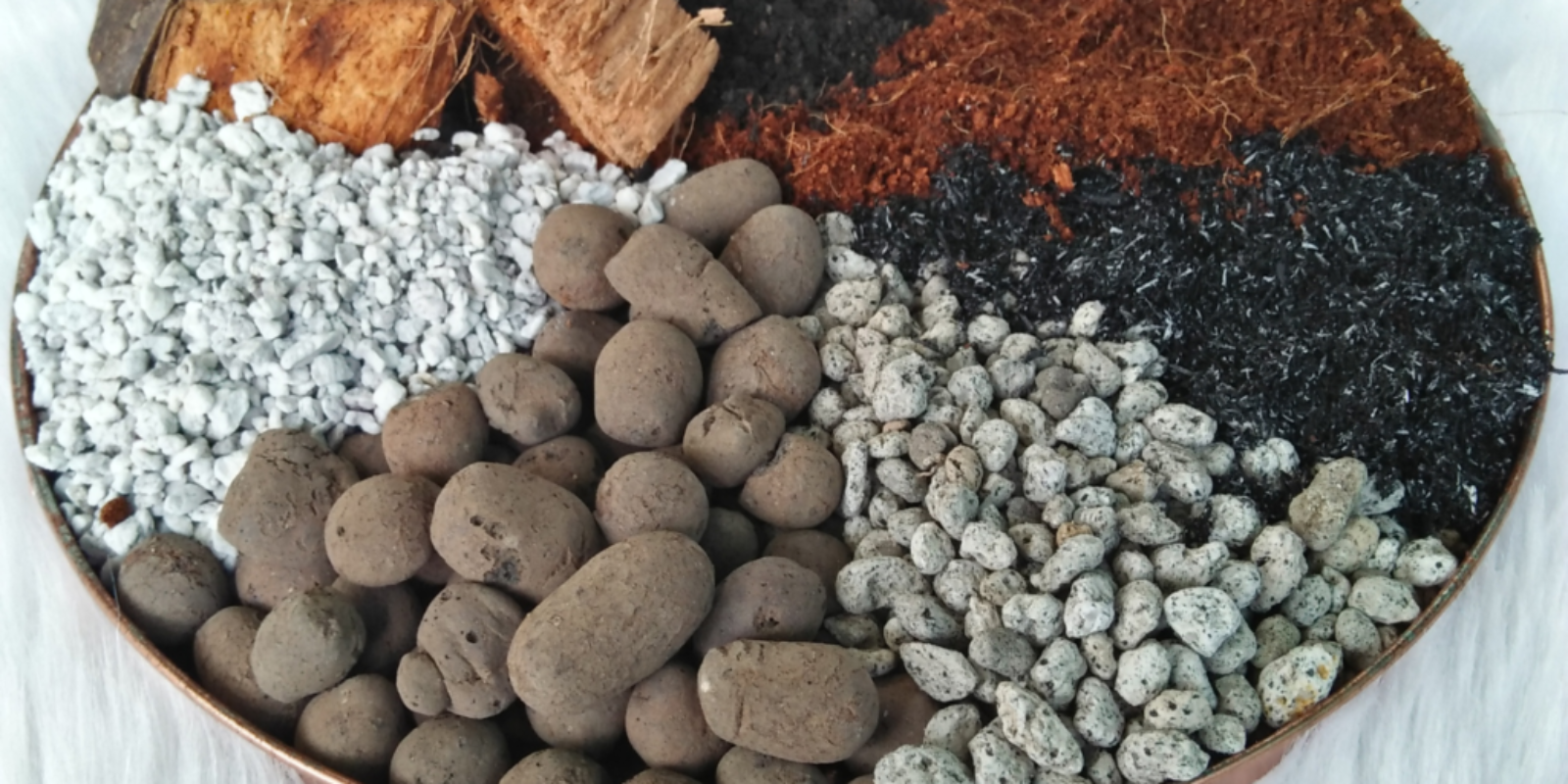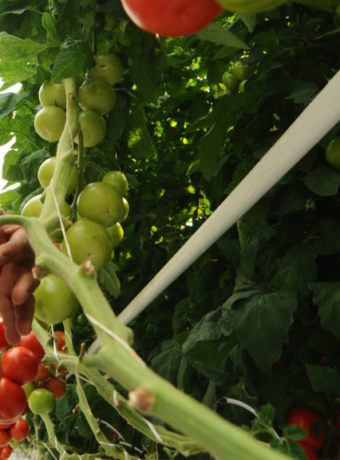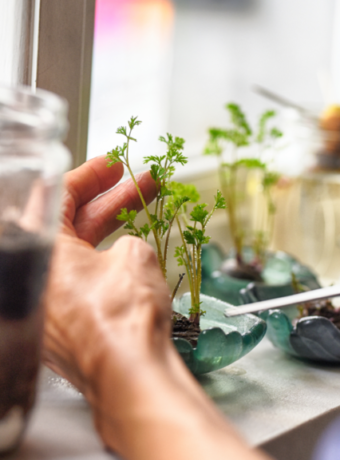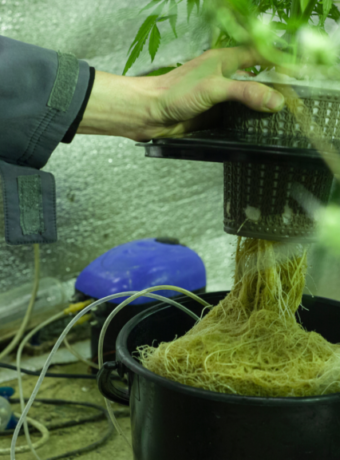Hydroponic growing mediums are used for a variety of different purposes. These mediums provide a substrate for the roots to anchor into and also hold onto moisture and nutrients that the plant needs to grow. There are many different types of hydroponic mediums available on the market, each with its own set of benefits and drawbacks. The most popular types of hydroponic mediums include perlite, coco coir, rockwool, and vermiculite. Each type of medium has its own unique properties that make it better suited for certain plants or growing conditions. For example, coco coir is often used as a growing medium because it is very absorbent and helps to keep the roots of the plant moist. However, coco coir can also be difficult to work with because it can compact easily and doesn’t have a lot of drainage. Perlite, on the other hand, is a lightweight medium that is easy to work with and provides good drainage. However, perlite can be difficult to keep moist if it isn’t sealed properly. Ultimately, the type of hydroponic medium you choose will depend on your specific needs and growing conditions.

Coco Coir
Coco coir is an environmentally friendly option made from coconut husks. It has excellent water retention properties and can support a wide range of plant types. For those interested in trying out hydroponic gardening, coco coir is an excellent growing medium. Coco coir is made from the husks of coconuts, and it has a number of advantages over other hydroponic media. It is lightweight and easy to handle, and it provides good aeration and drainage. In addition, coco coir is resistant to compaction, so it can be reused for multiple growing cycles. Best of all, coco coir is environmentally friendly and sustainable. Unlike peat moss, which is a nonrenewable resource, coco coir can be easily replenished. So if you’re looking for a hydroponic growing medium that is easy to use and earth-friendly, coco coir is a great option to consider.

Perlite
Perlite is a lightweight volcanic rock that provides excellent drainage and aeration. This allows the roots to access oxygen easily, while also providing them with support. In addition, perlite helps to regulate moisture levels and prevent the growth of mold and bacteria. While it is possible to grow plants without perlite, using this medium can help to create a more optimum growing environment. As a result, plants are more likely to thrive and produce healthy fruits and vegetables.

Vermiculite
Vermiculite is a type of clay that holds moisture and nutrients well, making it ideal for plants that require high levels of moisture. When mixed with water, it expands and becomes light and fluffy. This helps to aerate the roots of plants, which is essential for healthy plant growth. Vermiculite also absorbs water and nutrients, making them readily available to plants. It is a popular choice for hydroponic gardens because it is lightweight, easy to find, and relatively inexpensive. Plus, it doesn’t compact over time like some other types of growing media.
No matter which type of medium you choose, make sure to regularly monitor the moisture levels and adjust your watering schedule accordingly. Over or under watering can lead to problems with root development and plant growth.



